Microwave engineering
Introduction
Microwave engineering pertains to the study and design of microwave circuits, systems and components. This field is fundamental to technologies used in everyday life, including mobile phones, microwave ovens, radar, and satellite communications. Microwave engineers use a variety of specialized tools and techniques to design and analyze circuits and systems operating at microwave frequencies.
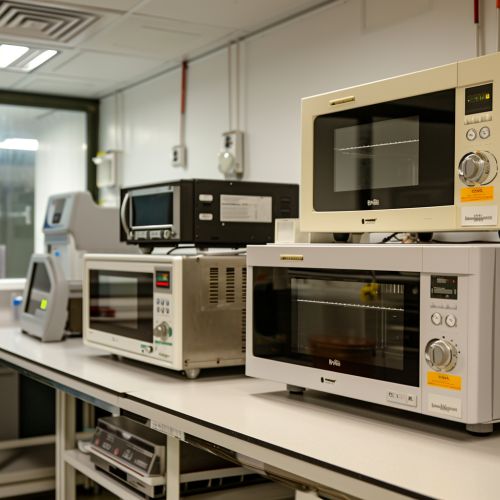
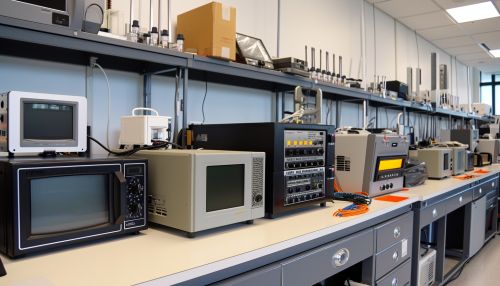
Microwave Frequencies
Microwave frequencies typically range from 300 MHz (0.3 GHz) to 300 GHz. These frequencies correspond to wavelengths from 1 meter to 1 millimeter, respectively. The microwave frequency band is further subdivided into several different bands, each with its own unique properties and applications. These include the L-band (1-2 GHz), S-band (2-4 GHz), C-band (4-8 GHz), X-band (8-12 GHz), Ku-band (12-18 GHz), K-band (18-27 GHz), Ka-band (27-40 GHz), V-band (40-75 GHz), and W-band (75-110 GHz).
Microwave Circuit Design
Designing microwave circuits requires a deep understanding of electromagnetic waves, transmission lines, and microwave components. Unlike low-frequency circuits, microwave circuits often use distributed elements such as transmission lines and waveguides, rather than lumped elements like resistors, capacitors, and inductors.
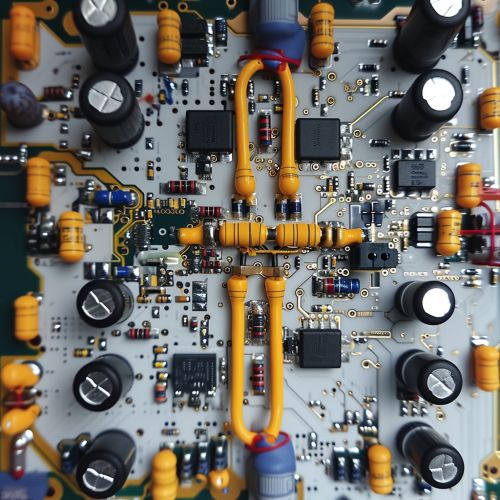
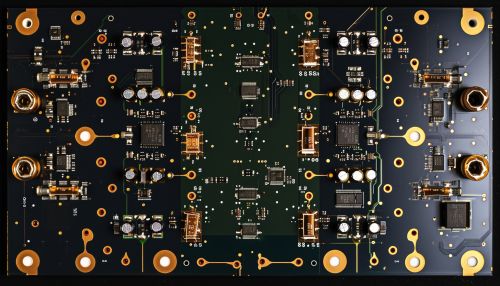
Microwave Components
Common microwave components include antennas, amplifiers, attenuators, mixers, oscillators, filters, and switches. These components are often miniaturized and integrated onto a single chip, known as a Monolithic Microwave Integrated Circuit (MMIC). MMICs are widely used in modern communication systems, radar, and electronic warfare systems.
Microwave Systems
Microwave systems are used in a wide variety of applications, including communication, radar, navigation, remote sensing, and industrial heating. For example, microwave communication systems use high-frequency signals to transmit voice, data, and video information over long distances. Similarly, microwave radar systems use high-frequency electromagnetic waves to detect and track objects.
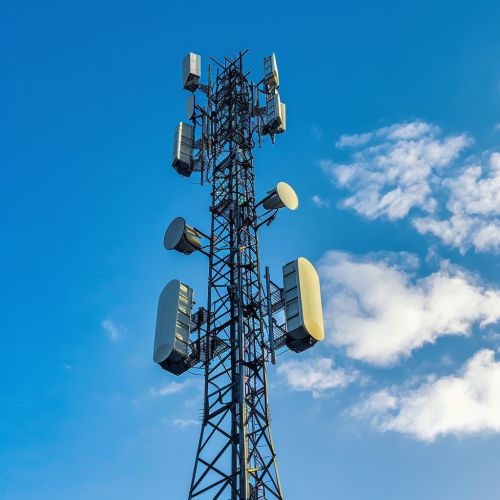

Microwave Measurement Techniques
Microwave engineers use a variety of measurement techniques to characterize microwave circuits and systems. These include network analysis, spectrum analysis, and time-domain reflectometry. Network analyzers are used to measure the complex transmission and reflection characteristics of microwave devices, while spectrum analyzers are used to measure the frequency content of microwave signals.
Conclusion
Microwave engineering is a vital field that underpins many of the technologies we rely on every day. With the increasing demand for high-frequency technologies in areas such as 5G communications, autonomous vehicles, and space exploration, the importance of microwave engineering is set to continue growing in the years to come.
